Expressive Black and White Photography with Natural Light
Course final project
A course by Marcelo Di Rienzo , Artistic Photographer and Filmmaker
About the final project for: Expressive Black and White Photography with Natural Light
Photographic vision
“We have reached the end of the course, I hope you enjoyed it as much as I did! During this adventure together I have shared with you several methods that I use when doing my work. Now is the time to carry out your project making use of all the tools and knowledge that you have acquired The most important thing is to have a good idea and to be able to develop it. You can realize your concept of nostalgia or, if you want, I invite you to carry out a project other than mine for the final project; Do it taking into account the different steps that I was showing you during the course, the important thing is that you express your ideas. Remember that your personal vision is the most important factor for your projects. Don't stop working on it, as it will make your work stand out and shine as you discover how wonderful the language of fine art photography is. Now I'm going to remind you of the steps that I followed to make my final project so that you have them as a reference so that you can also show them in your own way when you share your project with the community. The concept The first thing I did was define the concept that I would like to work on for the course: nostalgia.
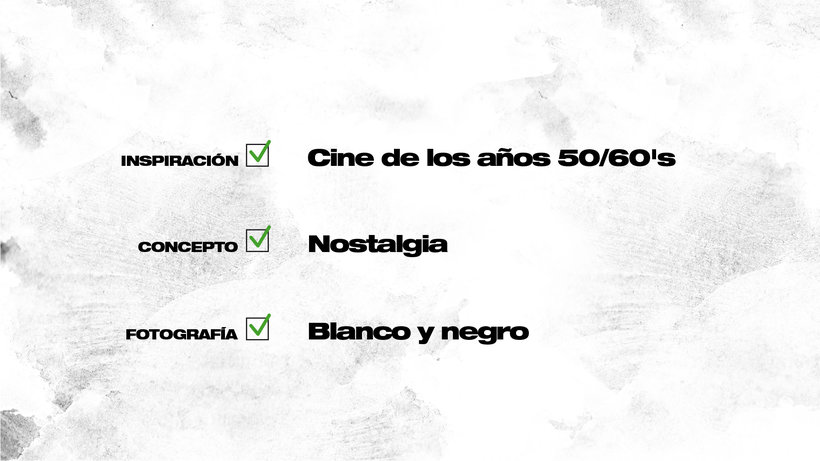

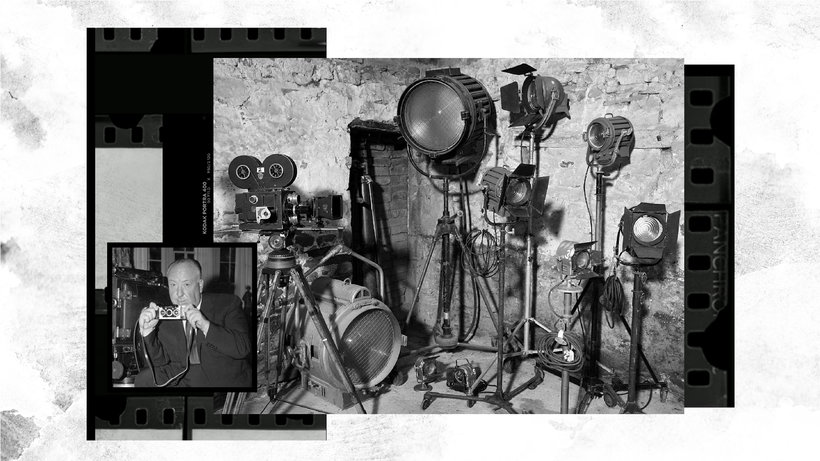

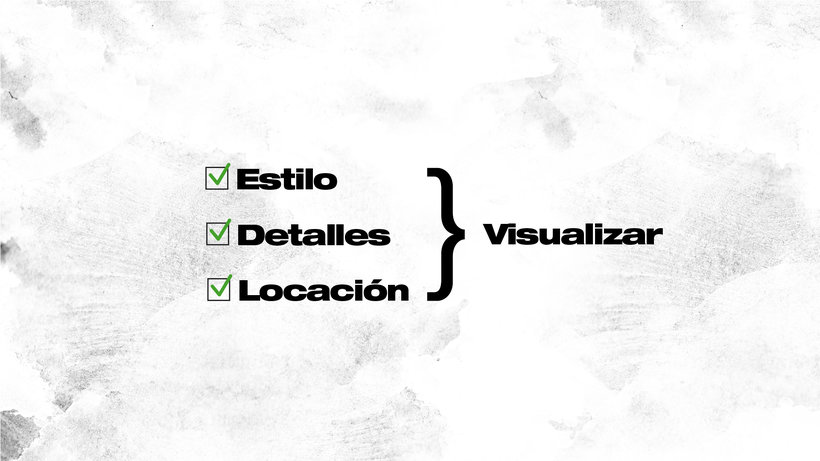




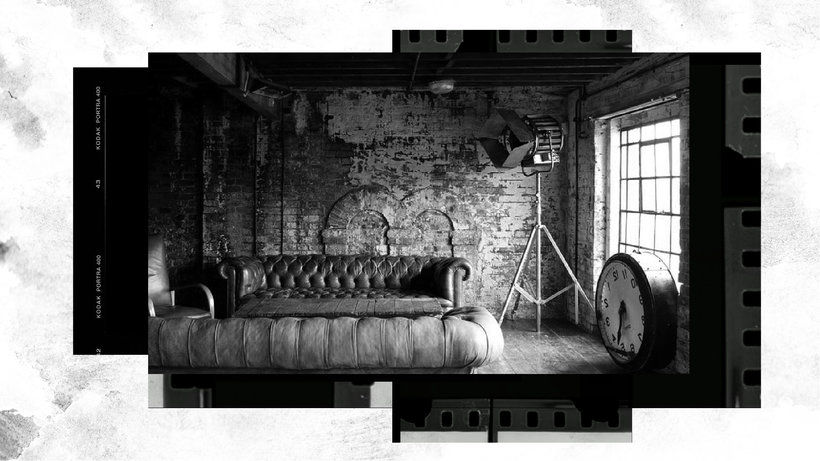
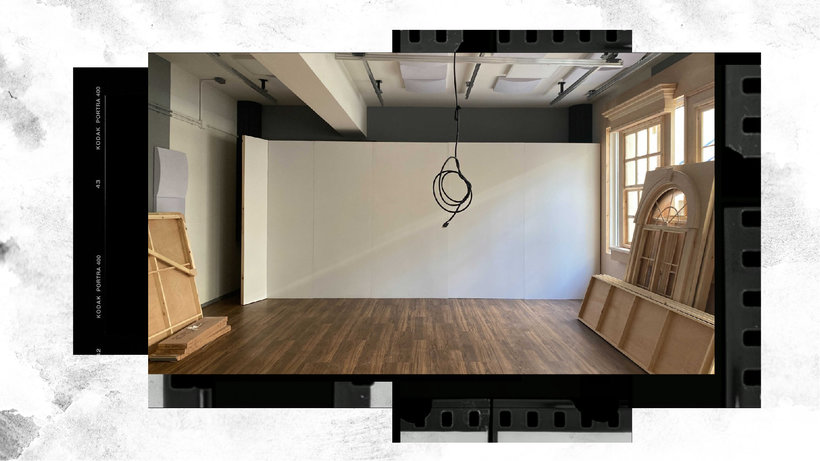
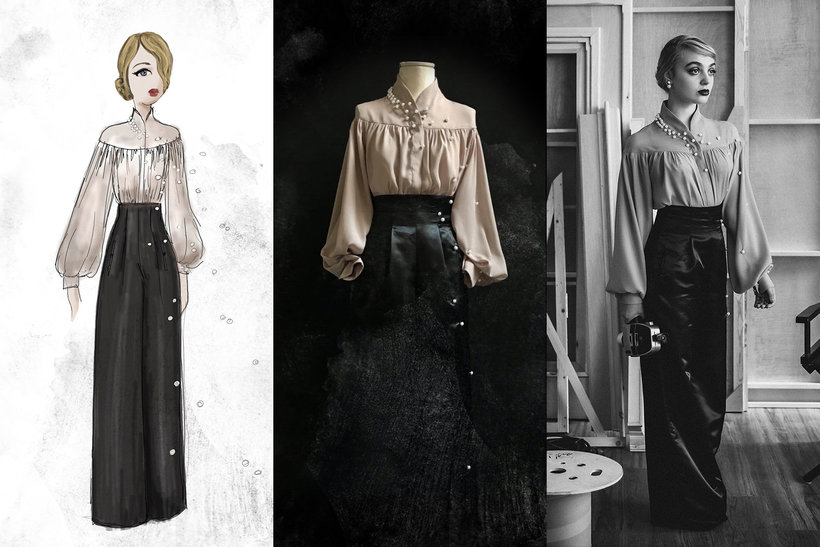
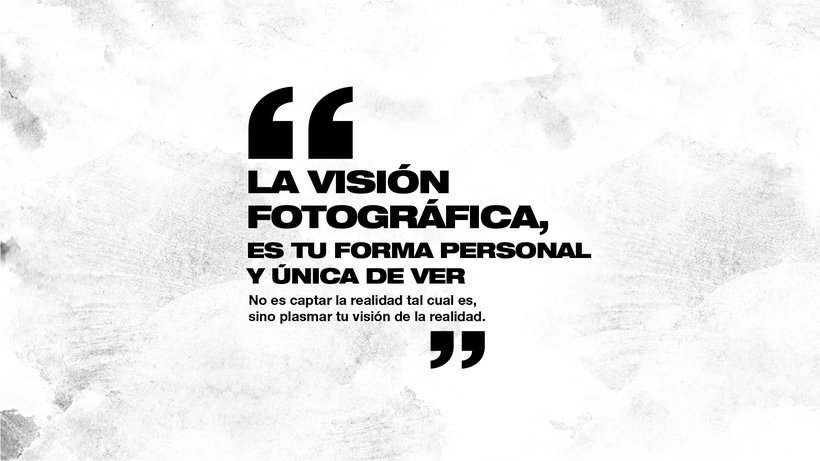


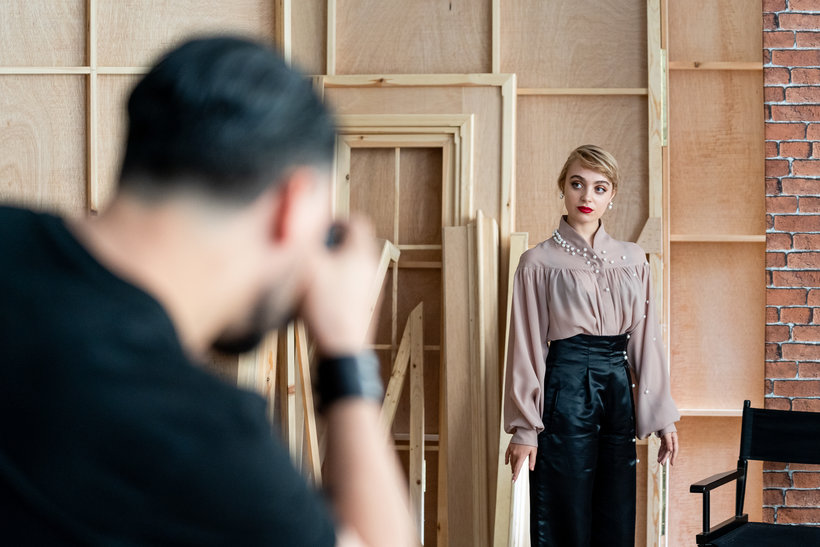

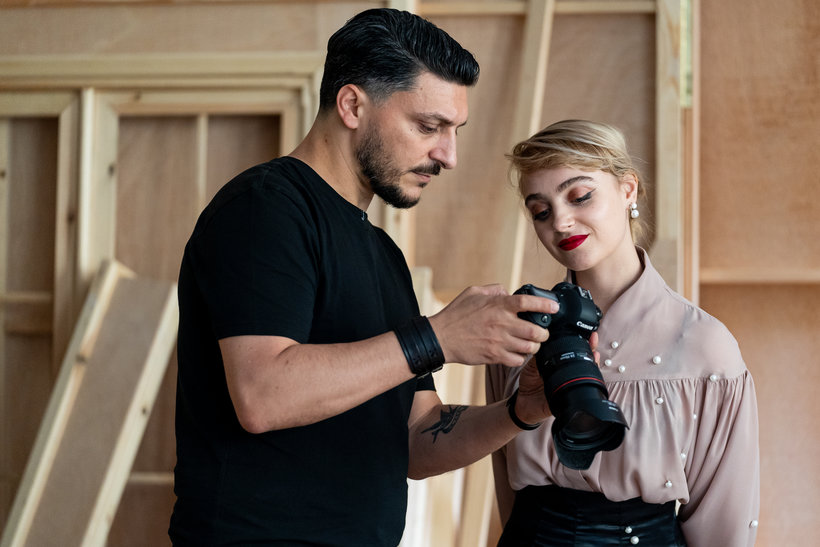
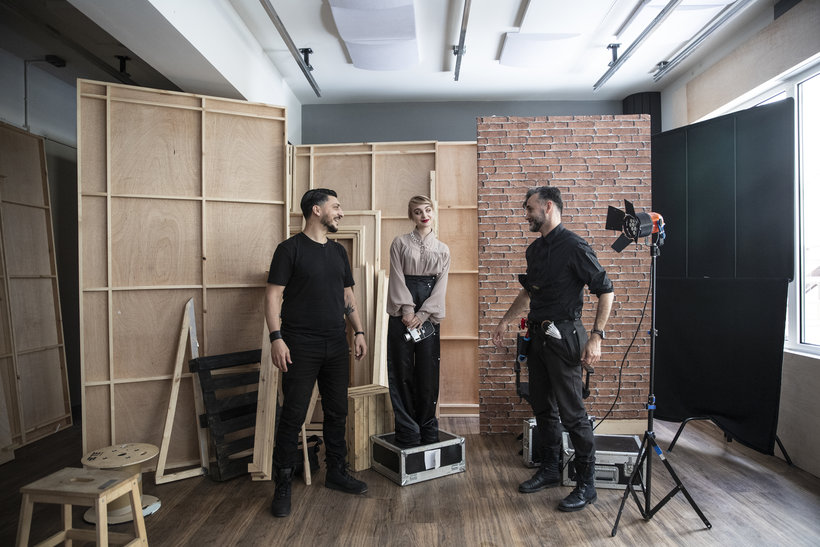


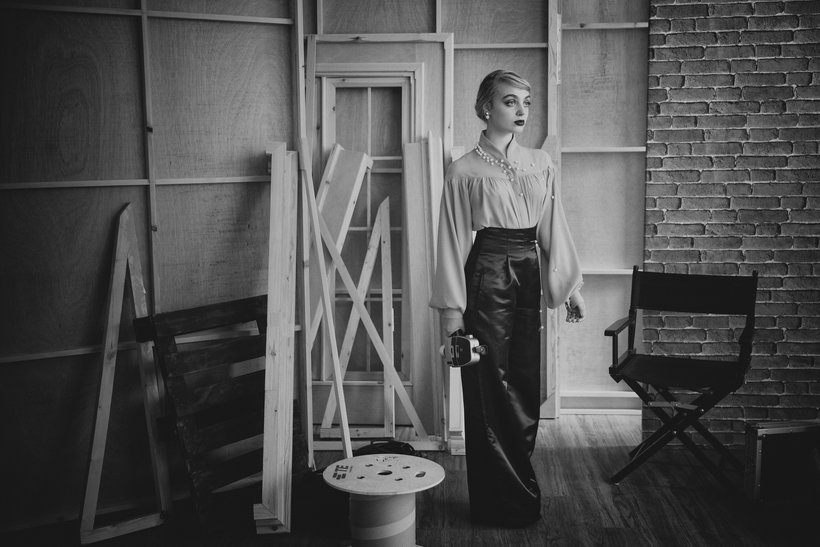


Partial transcription of the video
“FINAL PROJECT Now I will make a summary of everything seen in the course. In the first part I started teaching you how is the creative process that I follow to develop an idea. Then I have shown you how to find aesthetic references for photos. In this part the most important thing is to focus on what we want to do, but go to detail. Next, I have shown you how I work photographic vision, that is, the look that will give the photos personality. Then we learned about the technical part of photography. I have told you about the different planes and camera angles, in addition to compositional fu...”
This transcript is automatically generated, so it may contain mistakes.
Course summary for: Expressive Black and White Photography with Natural Light
-
Category
Photography & Video -
Software
Camera Raw -
Areas
Photo Retouching, Photographic Lighting, Photography, Portrait Photography, Studio Photography

Marcelo Di Rienzo
A course by Marcelo Di Rienzo
Artistic photographer and filmmaker Marcelo Di Rienzo picked up his first camera early on in life, inspired by his father, who was also a photographer. His training in graphic design taught him how to work with shapes, colors, visual rhythm, and composition, while his training in filmmaking expanded his knowledge of cinematic photography and audiovisual production.
For ten years, he served as a co-founder of the studio Neofilms, spearheading visual communication, brand design, photography, and marketing campaigns for brands such as Samsung, Hilton, HP, Adobe, Land Rover, and many others. He later transitioned to a career as a full-time freelance photographer, which has allowed him to travel throughout countries such as Italy, Austria, Portugal, Spain, Germany, and Greece.
- 100% positive reviews (12)
- 675 students
- 15 lessons (2h 47m)
- 15 additional resources (4 files)
- Online and at your own pace
- Available on the app
- Audio: Spanish
- Spanish · English · Portuguese · German · French · Italian · Polish · Dutch
- Level: Beginner
- Unlimited access forever

